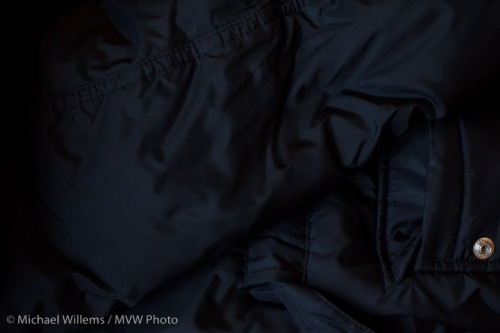And this time I do not mean “as opposed to colour”. I am repeating myself here, but it is worth doing: a few words about metering light and how your camera does it, and how to fix it when it does a less than stellar job. I get so many questions abut this, it seems worth going over it again.
Let’s analyze this exposure puzzle. It has three elements.
ONE. Your camera’s light meter is a reflective meter. It measures light reflected off your subject. So it does not know how much light is hitting your subject – it only knows how much is reflected. That is one part of the puzzle.
TWO. Your camera also does not know what the subject is. That is the second part of the puzzle.
THREE. Your camera’s job is to:
- See how much light there is
- Then set aperture, shutter, ISO (or some of those – depending on what exposure mode you are in) to ensure that that observed quantity of light gives you a well-exposed picture: not too bright, not too dark. This is a narrow range of acceptable light on your sensor: a bit too little and it’s underexposed; a tad too much and it’s overexposed. Your camera’s job is to keep the light on your sensor within that range.
That is the third part of the puzzle.
So let’s put them together.
Usually, they go together well and you get a nice picture of whatever you are aiming at. Done.
But when does this not work? When your subject is meant to be dark – because it is. Or when your subject is meant to be bright – because it is.
Exercise. in Program mode “P”), and using no flash, and taking care to fully fill your viewfinder with it, shoot a ski hill. Or a white sheet of paper made to look like one:
Looks grey! Because that is the camera’s job.
Now shoot a coal mine. Or a coat that is as black as one:
What the… that also looks grey!
That is because the camera does not know it is meant to be black. By default, your camera makes everything “in between” in terms of brightness.
Solution. Now find the Exposure Compensation button on your camera. It looks like a “+” and a “-” with a diagonal line separating them. Plus means “turn up the brightness”, minus means “turn down the brightness”. (It does this by varying whatever it is varying of shutter speed, aperture or ISO, but only “more so”). You may have to hold the button while turning a wheel, and you can see what you are doing as a number or as a graph on the top of back of your camera, depending on which camera you have.
Find the control and turn the value up to +2 and re-shoot the ski hill. Now you get:
That’s better. Check the histogram to ensure it is not stuck against the right side (“overexposed”).
Now set the Exposure Compensation to -2 (minus two). Re-shoot the black coat. You get this:
Finally. A black coat!
So now you know:
- When your picture looks too dark, use +/- set to plus and retake the picture
- When your picture looks too bright, use +/- set to minus and retake the picture
- This is most likely to be needed when your subject is very dark (coal mine, black coat, dark night) or very bright (beach, snow, white marble room, piece of paper, person against a white wall).
That is actually quite simple!
Notes:
- Do not use flash – that’s a separate subject (and it has a separate adjustment)
- You can also spot meter to a grey subject to avoid the need for exp comp
- You can use manual and use the displayed meter in the same way (minus mens darker, plus means brighter).
Try it and you should, from now on, have no problem exposing right.




